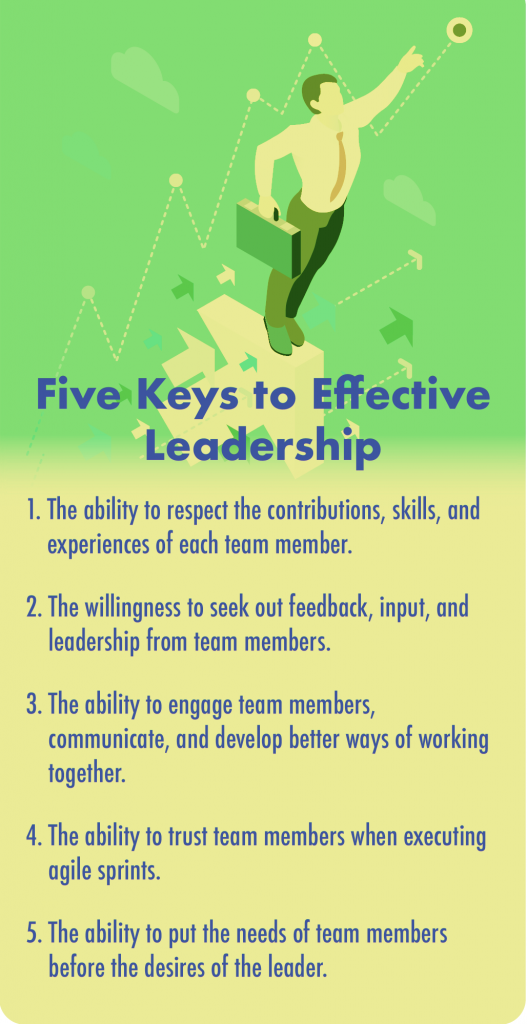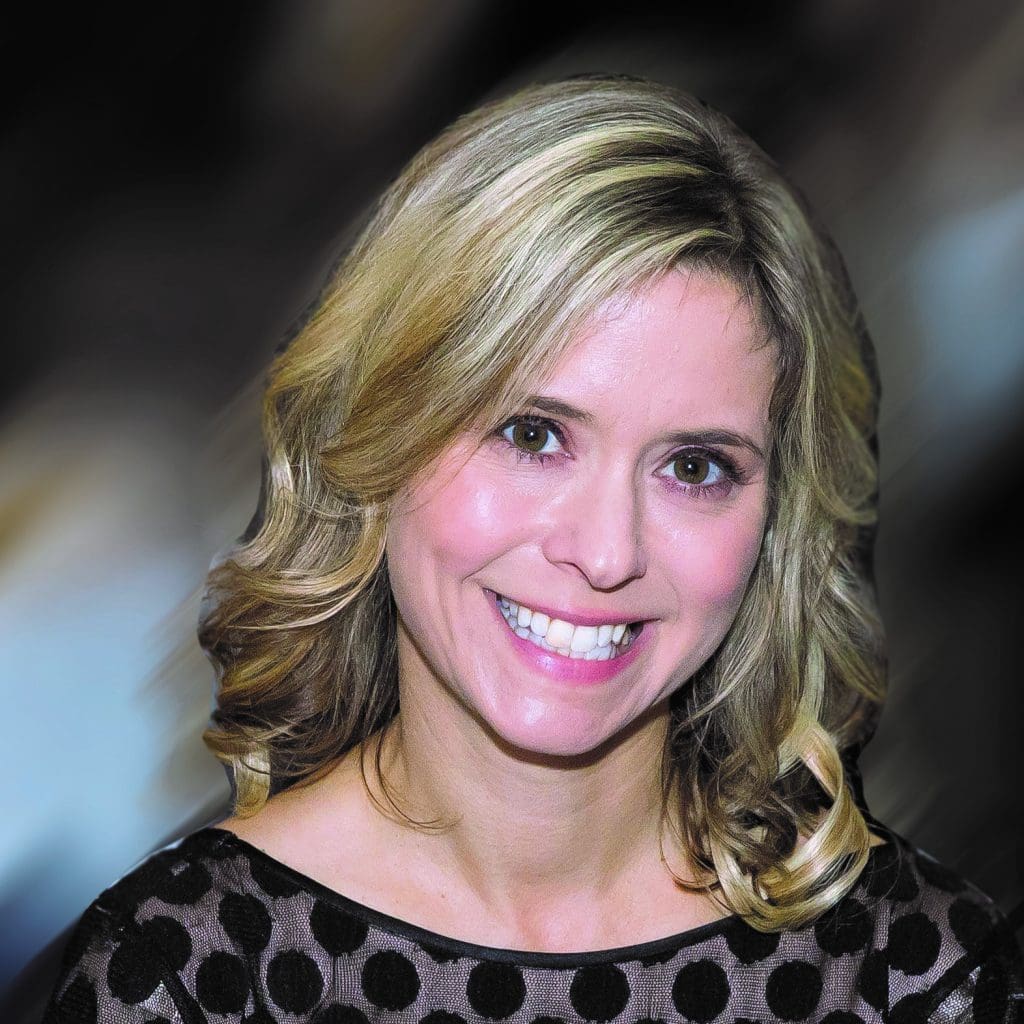The complexities of the COVID-19 pandemic shine a light on the benefits of a more engaging leadership approach.
By Buck Rogers
In the future, when reflecting on this moment in history, the strong leaders of today will be distinguished from those who preceded them by embodying one common quality: leading from within. Today more than ever, the leaders who are making a positive impact are actively engaging in new ways to receive employee input so they can best use the knowledge, talent, and experience within their teams. These leaders are dynamically learning and immediately adapting to meet the challenges they face. In contrast to leading from above, they are leading from within. This is a unique leadership quality that will become increasingly important and play a bigger role as businesses continue to move forward in the turbulent and dynamically changing environment caused by the COVID-19 pandemic.
The Shifting Work Paradigm
Think of all the changes the business world has experienced in the last nine months. The current world of work is a new ecosystem where employer and employee alike face actively changing variables in their professional and personal lives that require in-the-moment consideration and adjustments. Organizations have had to transition overnight from their corporate workplaces to work-from-home settings. They have had to adjust communication and leadership styles, methods, and systems, and they’ve witnessed a technological transformation historically unparalleled in its scope and timeframe. These are just the headlines of change within this new ecosystem -headlines that don’t include the adjustments in standards, policies, processes, and sometimes even perspectives that teams and teammates have had to navigate.
 While organizations have been effective at capturing the headlines of change in their own operations and as an overall business community, they must now look under those headlines to truly learn about the transformation in leadership today. As they peel back the complex layers of action and logic, they can observe the emergent qualities that differentiate the leaders who are making an impact. Underneath “the why,” they can observe “the how.”
While organizations have been effective at capturing the headlines of change in their own operations and as an overall business community, they must now look under those headlines to truly learn about the transformation in leadership today. As they peel back the complex layers of action and logic, they can observe the emergent qualities that differentiate the leaders who are making an impact. Underneath “the why,” they can observe “the how.”
This is a difficult place for leaders to get to while they’re living through changing times and managing difficult situations. It can be tempting to focus on “the why” when making business decisions: Why does the team need more flexibility in their work hours? Why should company meetings be shifted from 8 a.m. to 8 p.m.?
Understanding “the why” is not a bad thing -“the why” is important. It helps employees rally around their leader and their team and clears up any questions that can cause distractions. But when leaders get a chance to peel back the layers and observe “the how,” they can see the common characteristic separating strong leaders from the others.
Leading from Within
Effective leaders today are engaging and interacting more genuinely to seek input, ideas, and even leadership from their teams. While a small percentage of strong and competent leaders operated like this before, the current ecosystem of change is demanding this style of leadership. Simultaneously executing multiple significant and complex organizational changes with short planning and preparation cycles followed by immediate implementation puts leaders in a precarious situation in which they don’t have all the answers. The result is that strong leaders who can effectively engage their teams to assess, address, and work together to develop the path forward are the ones who will be most effective.
Putting Others Before Self
What’s different in these leaders is their attitude and perspective towards their role as leaders. It’s this perspective that is fundamental to servant leadership. Effective leaders interact in a way that puts the needs of their teams and teammates before their own desires. They realize that the people within their organizations are the lifeblood of success and that each employee brings different skills and experiences to the table. Having this leadership quality holds transformational value; These leaders better understand and apply empathy, listen more effectively and actively, and seek and facilitate communication that keeps the conversation flowing at all levels.
Develop Leaders for Today and Tomorrow
Over time, the demand for this style of leadership will increase both broader and deeper into the organization. By facing today’s challenges, leaders will learn how to operate during a pandemic, diffuse and lead through political polarization, and identify fresh and effective ways to make an impact toward better diversity, equity, and inclusion throughout their organizations. These are historical challenges, both in uniqueness and scope. To best face the future, organizations must develop leaders who have the ability to more actively engage and use the strengths and experiences of their teams throughout their decision cycles. Leaders that can do this will benefit from the wealth of knowledge of their teammates, will earn the respect of their teams, and will produce greater and longer lasting results.
Buck Rogers is the vice president at Keystone Partners.












